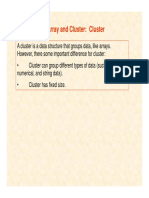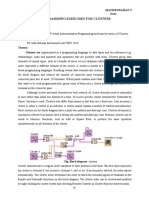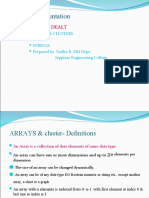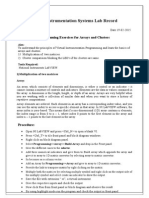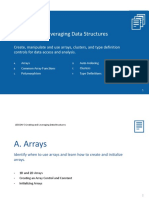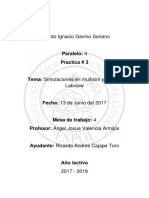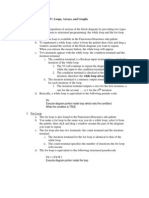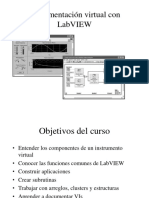0% found this document useful (0 votes)
36 views10 pagesClusters in LabVIEW Updated
Clusters in LabVIEW are data structures that group different data types together for efficient handling and improved code organization. They facilitate easy data transmission between functions and can be created using the Controls Palette. Clusters are particularly useful in applications like data logging and instrument control, as they help manage multiple data types within a single entity.
Uploaded by
srirambalraj20Copyright
© © All Rights Reserved
We take content rights seriously. If you suspect this is your content, claim it here.
Available Formats
Download as PPTX, PDF, TXT or read online on Scribd
0% found this document useful (0 votes)
36 views10 pagesClusters in LabVIEW Updated
Clusters in LabVIEW are data structures that group different data types together for efficient handling and improved code organization. They facilitate easy data transmission between functions and can be created using the Controls Palette. Clusters are particularly useful in applications like data logging and instrument control, as they help manage multiple data types within a single entity.
Uploaded by
srirambalraj20Copyright
© © All Rights Reserved
We take content rights seriously. If you suspect this is your content, claim it here.
Available Formats
Download as PPTX, PDF, TXT or read online on Scribd
/ 10




